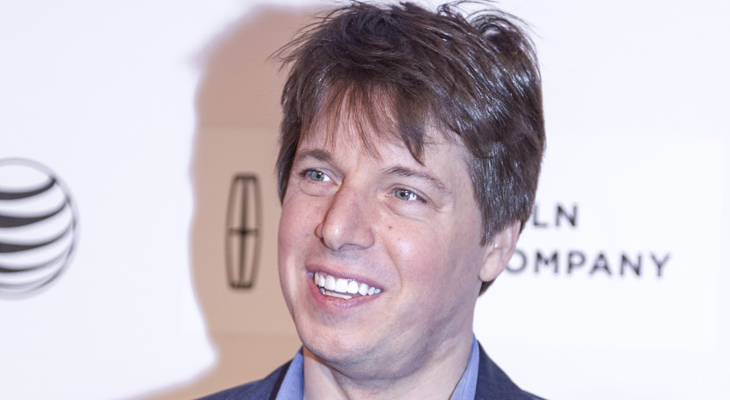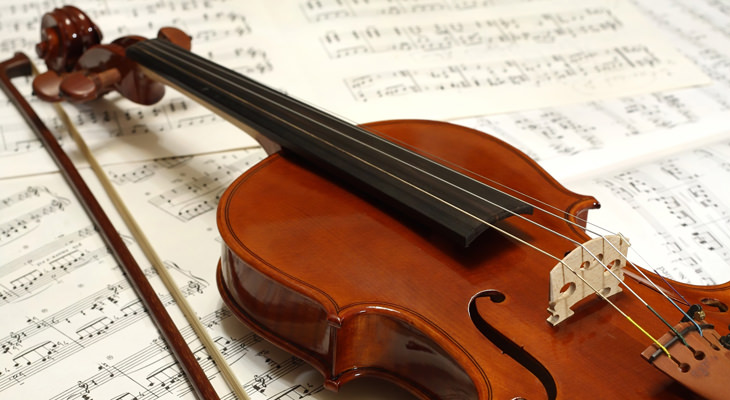The master luthier, Antonio Stradivari, was born in Cremona, Italy in 1644. Historians estimate that he produced some 1,116 instruments during his long lifetime (he lived until he was 93 years old). Some 960 of his creations were violins. In the present day, about half of the instruments he created survive, with some 450-510 of these being violins.
So how much are they worth, and why?
An original Stradivari string instrument, with particular reference to violins, can fetch hundreds of thousands, if not millions of dollars at auction, and this is because of the pervasive belief that they are the finest instruments of their kind ever created.
Many cite the beautiful sound and the construction of a Stradivarius violin as the two key factors that make it worth paying millions of dollars to acquire, however many scientific experiments comparing a Stradivarius violin to its contemporaries in both period and quality of construction have not found any noteworthy difference in sound quality.

If that's the case, then why do people pay tens of millions for them?
Many of the world’s greatest violinists, such as Joshua Bell (pictured), swear by their Stradivarius violins - perhaps quite understandably considering the millions of dollars they spent acquiring one or more of the instruments.
Back in 2003, scientists at Columbia University in the USA cited a higher-than-usual wood density with superior acoustical qualities for the distinctive sound produced by Stradivarius instruments. This increase in wood density was due to reduced solar activity in the 17th Century, which has not been repeated in the time since. Trees that are less exposed to sunlight grow at a slower rate than those that get plenty, thus their density is higher.
The best-sounding Stradivarius
violins of all are said to be the ones that have been set up properly,
with modifications or additions such as the thickening of the wooden
plate, the movement of the sound post and bass bar.
Listen to Anne Akiko Myers play the ex-Napoleon Stradivarius:
Many of the world’s greatest violinists, such as Joshua Bell (pictured), swear by their Stradivarius violins - perhaps quite understandably considering the millions of dollars they spent acquiring one or more of the instruments.
Back in 2003, scientists at Columbia University in the USA cited a higher-than-usual wood density with superior acoustical qualities for the distinctive sound produced by Stradivarius instruments. This increase in wood density was due to reduced solar activity in the 17th Century, which has not been repeated in the time since. Trees that are less exposed to sunlight grow at a slower rate than those that get plenty, thus their density is higher.
Listen to Anne Akiko Myers play the ex-Napoleon Stradivarius:
<iframe width="750" height="422" src="https://www.youtube.com/embed/VNNbtR5R68U" frameborder="0" allowfullscreen></iframe>
But what makes a Stradivarius violin stand out over others?
The shape of the instrument is
said to make a big difference to how it sounds. The many varying
Stradivarius shapes are reflective of the master luthier’s pursuit of
perfection. Stradivari was constantly trying to produce better and
better wares, and took the feedback he was given from musicians who
played his violins very seriously.
Above all else, experts agree that the key differentiating factor that Stradivarius violins have over others is their sheer clarity of tone. However, they add that every single instrument produced by Stradivari has a very strong personality of its own, therefore even the best violinist has to take the character of the instrument into account to reap the rewards it can offer.
Above all else, experts agree that the key differentiating factor that Stradivarius violins have over others is their sheer clarity of tone. However, they add that every single instrument produced by Stradivari has a very strong personality of its own, therefore even the best violinist has to take the character of the instrument into account to reap the rewards it can offer.

So which one is the one to have?
The most expensive Stradivarius
violin sold to date is the Lady Blunt (pictured above). It fetched $15.9
million at auction back in 2011. It was created during Stradivari’s
so-called “Golden” period – between 1700 and the early 1720s – when the
master is widely believed to have been producing his very best work. It
is one of the two best-preserved Stradivarius violins in the entire
world.Can you pick a Stradivarius violin from its sound alone? Find out with this next video:
<iframe width="750" height="422" src="https://www.youtube.com/embed/VlJ_DXneJ98" frameborder="0" allowfullscreen></iframe>
Source: ba-bamail.com
No comments:
Post a Comment